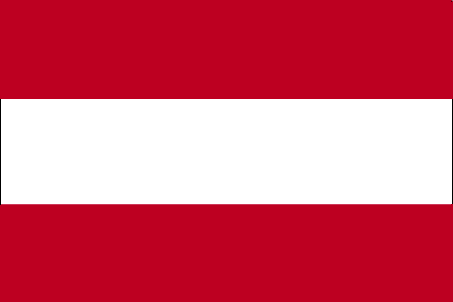Russia United States Ukraine Belarus Germany Kazakhstan Bulgaria France Norway Moldova Poland Italy United Kingdom Canada Georgia Brazil Netherlands Latvia Armenia Israel Czech Republic Finland Thailand Japan Kyrgyzstan Estonia Lithuania Uzbekistan Azerbaijan Turkey Spain Singapore Sweden China Belgium Hungary Greece Slovakia Serbia South Korea Philippines Switzerland Mexico Argentina Austria Romania Vietnam Denmark South Africa Australia Croatia Portugal Taiwan Tajikistan Iceland Egypt India Indonesia Bosnia and Herzegovina Ireland Slovenia Colombia Hong Kong United Arab Emirates Mongolia Venezuela Algeria Iran Iraq Chile Palestinian Territory Malaysia Lebanon Syria Saudi Arabia New Zealand Jordan Pakistan North Macedonia Libya Peru Albania Cyprus Yemen Montenegro Nigeria Puerto Rico Luxembourg Turkmenistan Guatemala Afghanistan Morocco Honduras Tunisia Qatar Ecuador Uruguay El Salvador Kuwait Costa Rica Dominican Republic Mali Malta Cambodia Bangladesh Central African Republic Paraguay Nicaragua Panama Laos Senegal Cuba Bolivia Sri Lanka Angola Kenya Reunion Nepal Cameroon Zimbabwe Oman Mauritius Sudan Bahrain Brunei Darussalam Seychelles Myanmar Guam Guadeloupe Burkina Faso Ethiopia Mozambique Tanzania Barbados Macao New Caledonia Jamaica Republic of the Congo Somalia Uganda Togo Cote D'Ivoire French Guiana Maldives Suriname Andorra Djibouti Madagascar Netherlands Antilles Isle of Man Gibraltar Niger Martinique Guinea North Korea Haiti Namibia Zambia Gabon Cabo Verde Liechtenstein Democratic Republic of the Congo Equatorial Guinea Malawi Kosovo Burundi San Marino Comoros Ghana French Polynesia Curacao Solomon Islands U.S. Virgin Islands Fiji Bermuda Aland Islands Bahamas Monaco Guernsey Guyana Antigua and Barbuda British Virgin Islands Eswatini Trinidad and Tobago Austria Flag Meaning & Details 445 VISITORS FROM HERE! Austria Flag Flag Information three equal horizontal bands of red (top), white, and red the flag design is certainly one of the oldest - if not the oldest - national banners in the world according to tradition, in 1191, following a fierce battle in the Third Crusade, Duke Leopold V of Austria's white tunic became completely blood-spattered upon removal of his wide belt or sash, a white band was revealed the red-white-red color combination was subsequently adopted as his banner
Learn more about Austria » CIA - The World Factbook
 Previous Country | Next Country
Previous Country | Next Country  » Back to Flag Counter Overview
» Back to Flag Counter Overview
 Previous Country | Next Country
Previous Country | Next Country  » Back to Flag Counter Overview
» Back to Flag Counter Overview